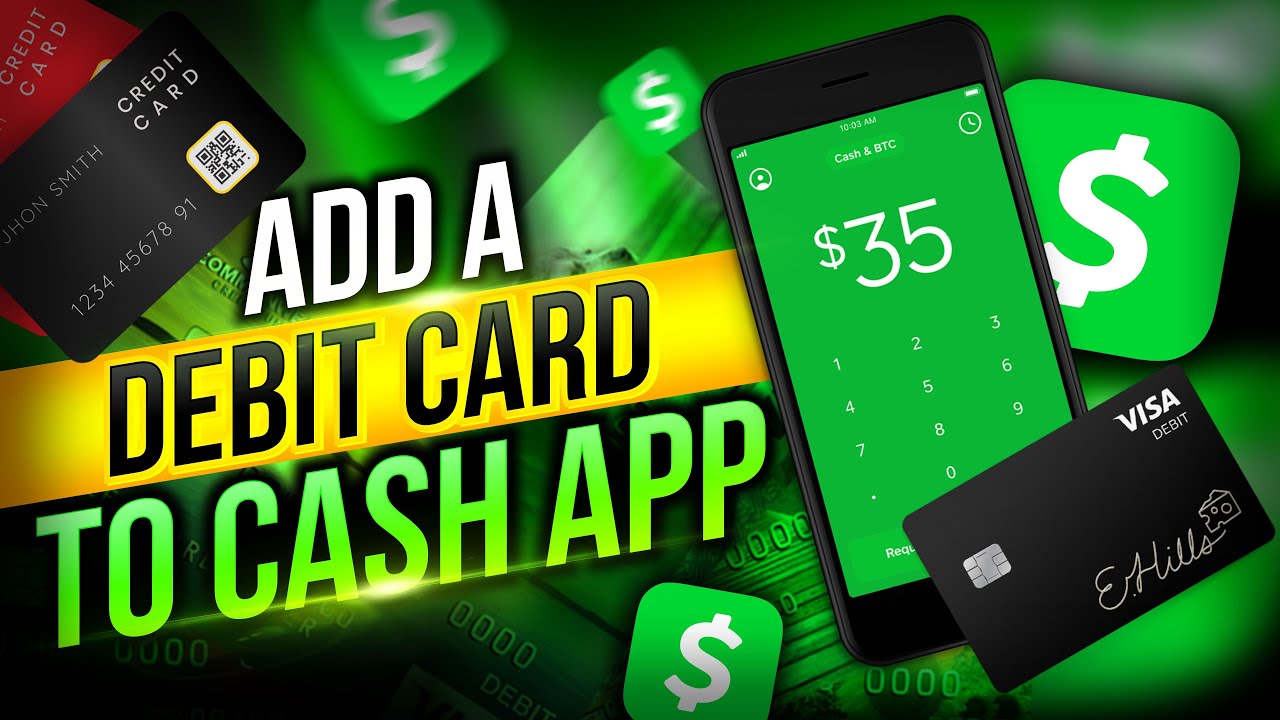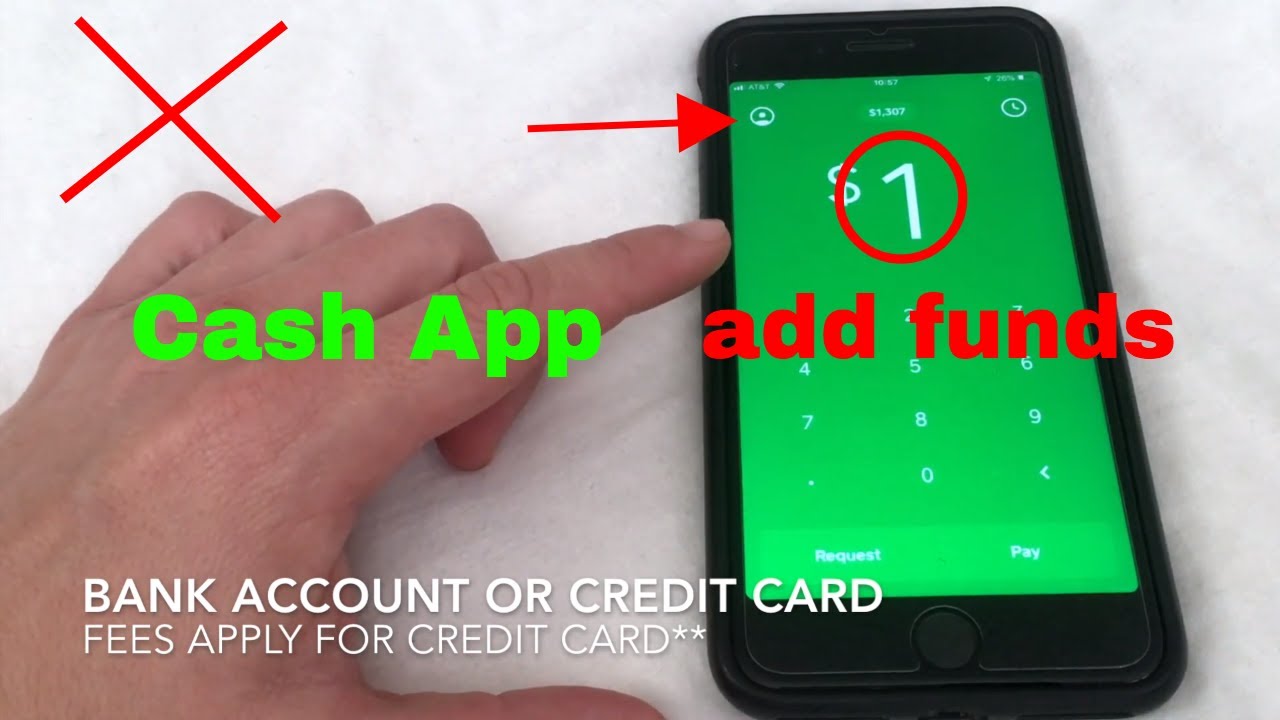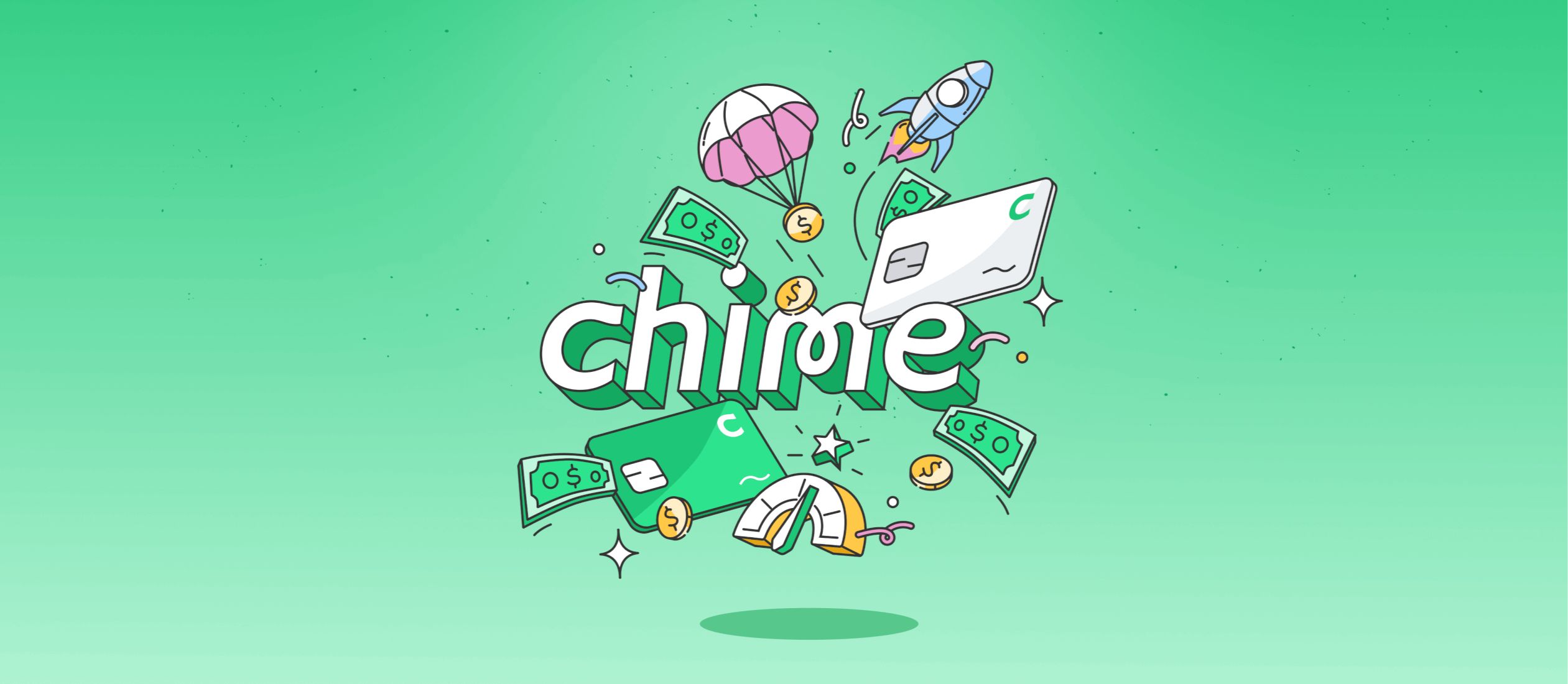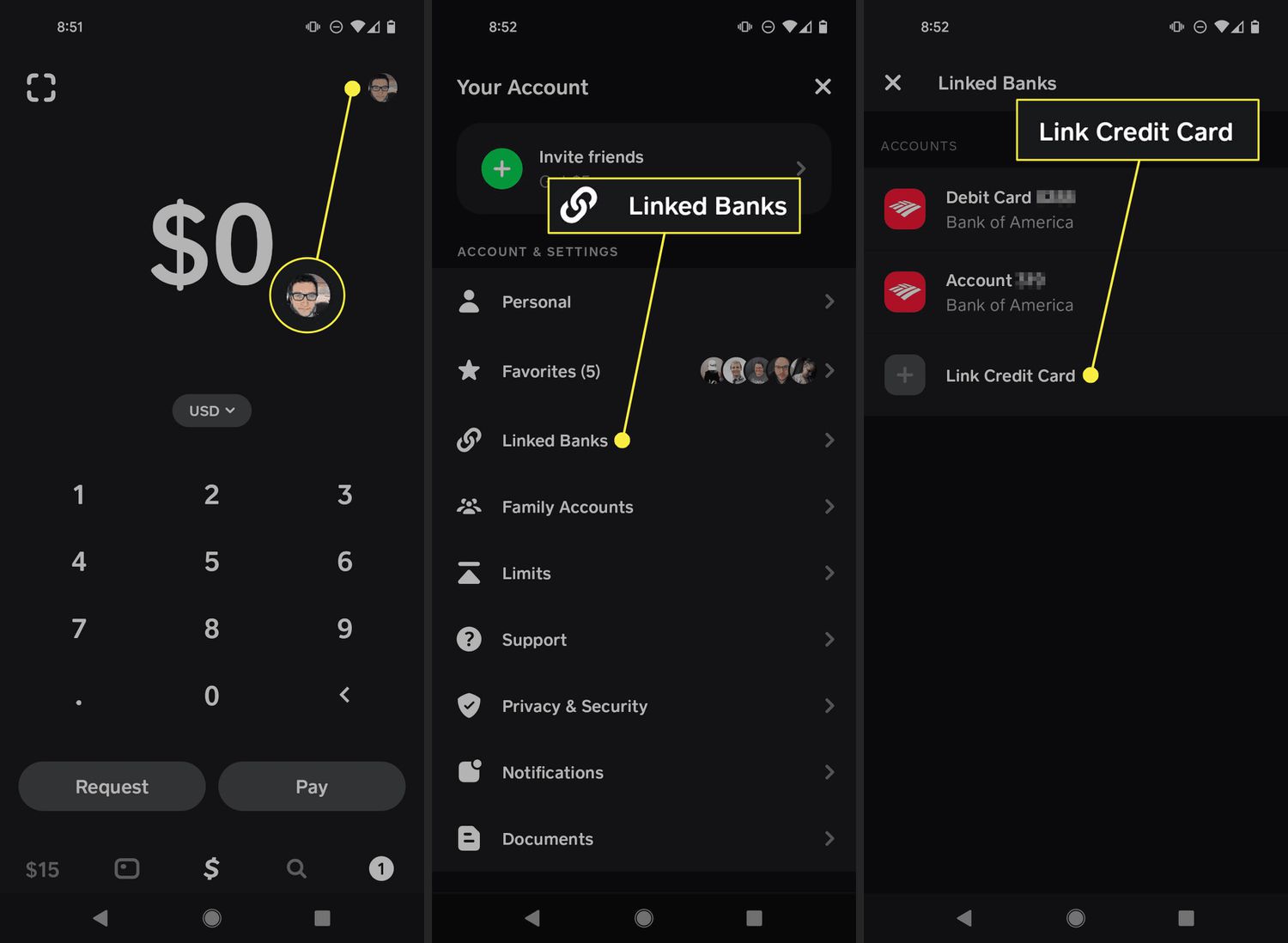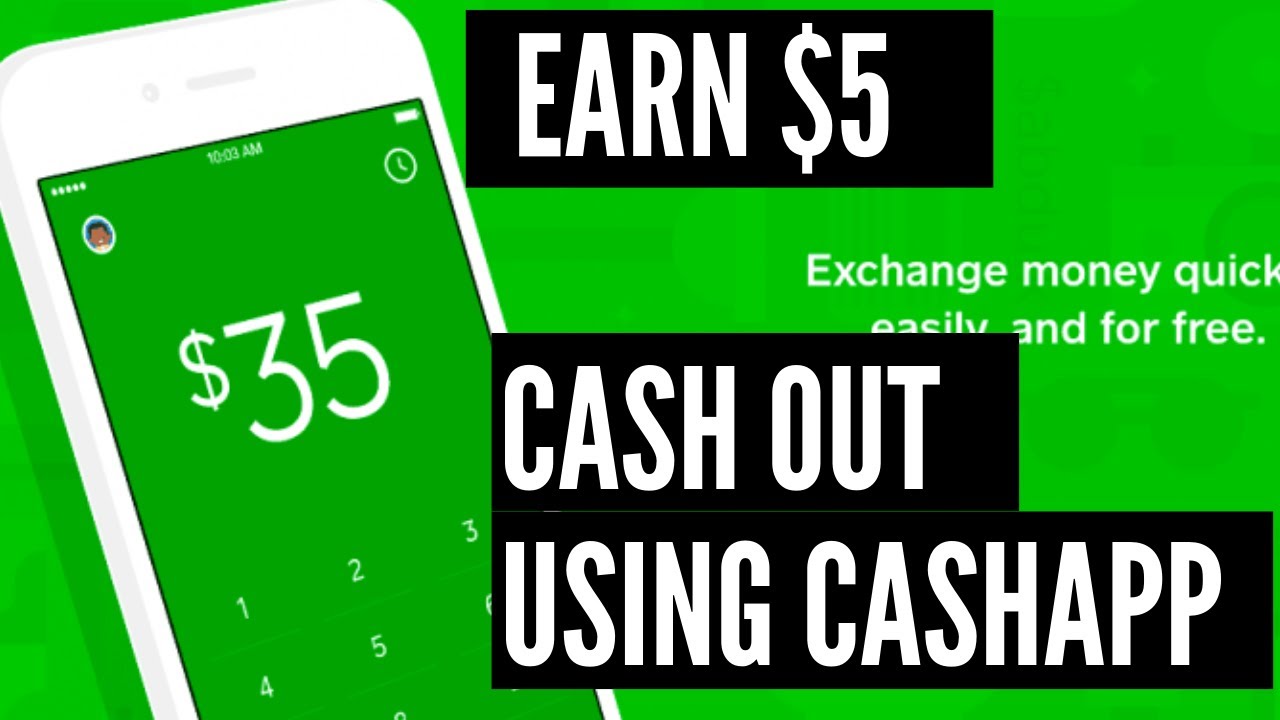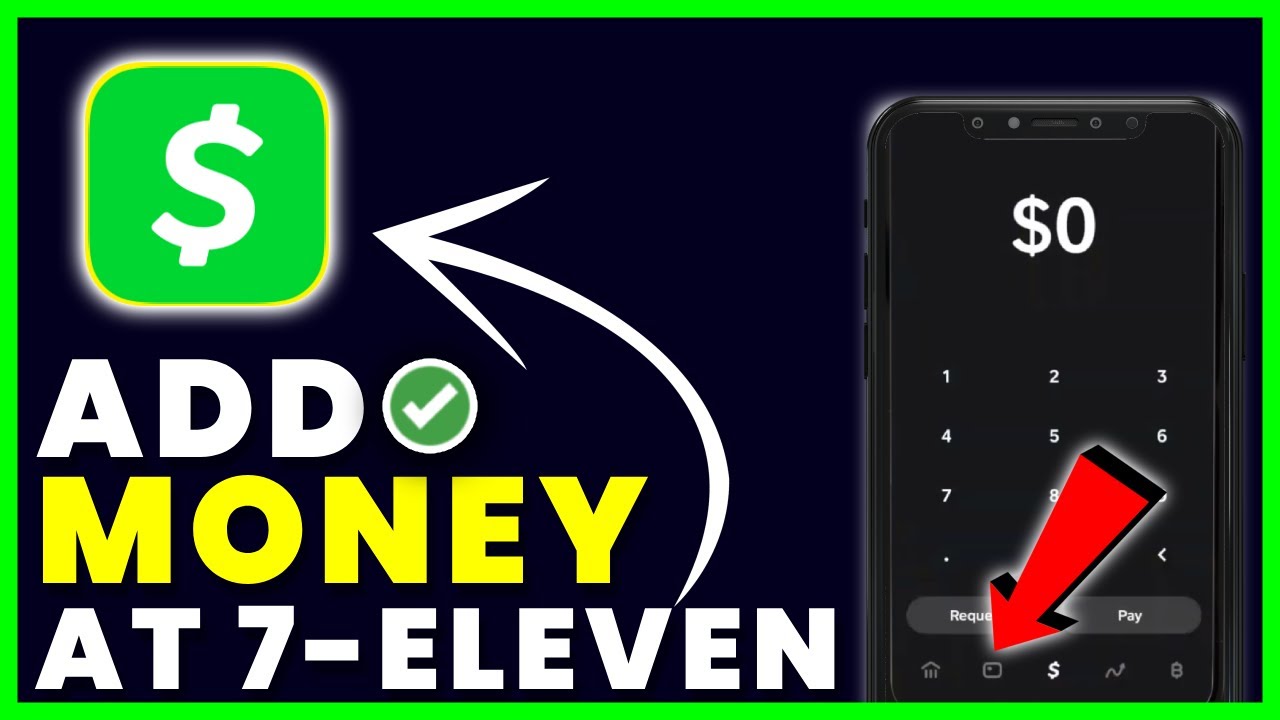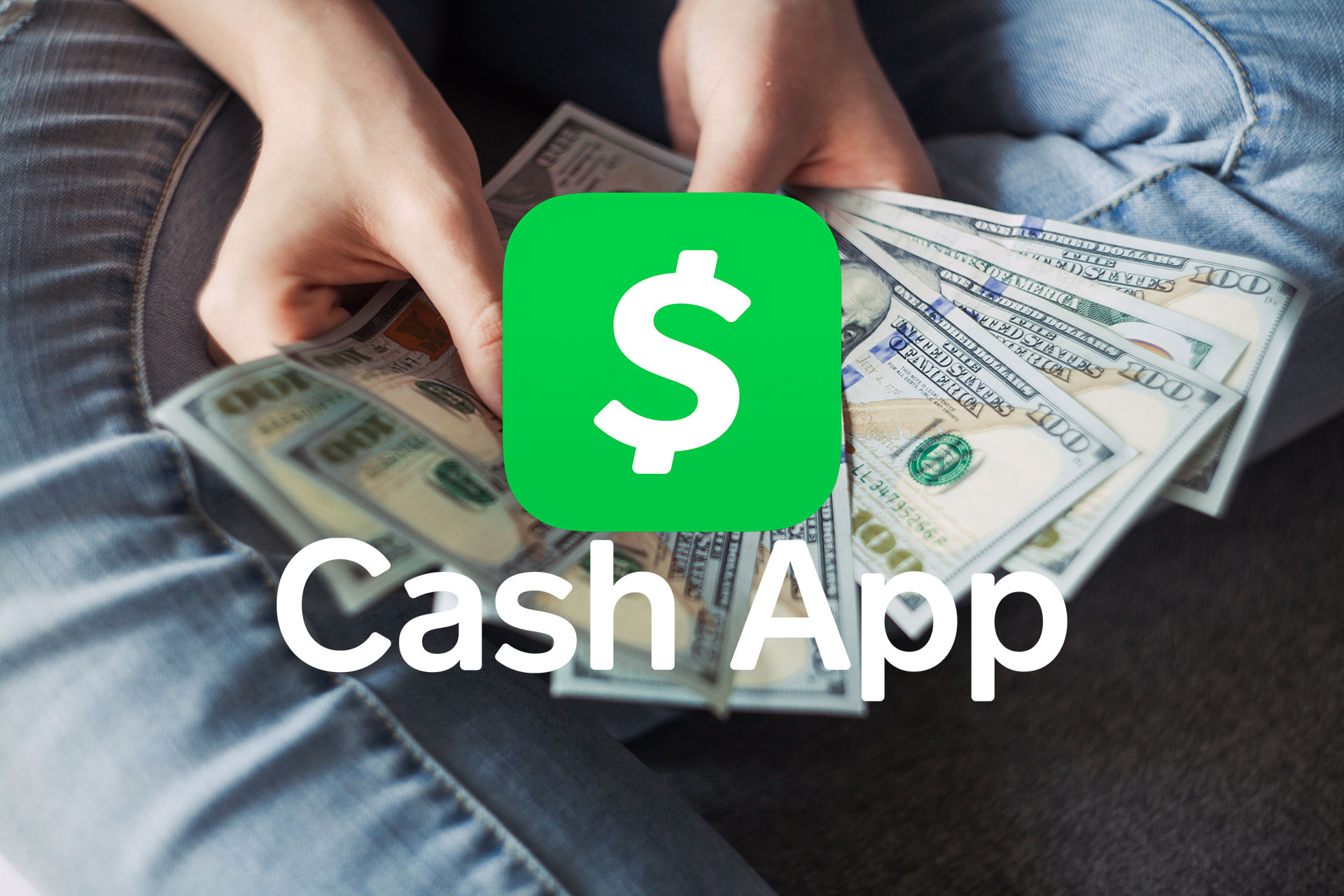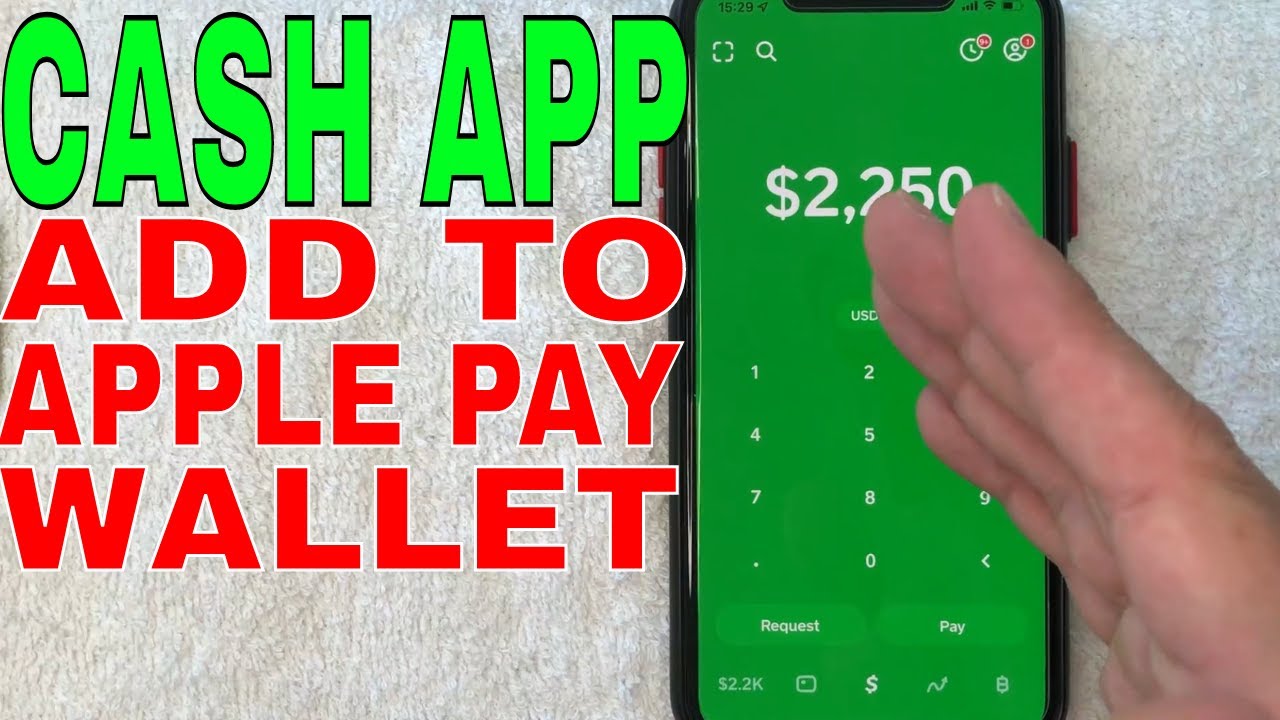Introduction
Adding a card to Cash App is a simple and convenient way to enhance your financial transactions. Cash App, developed by Square Inc., is a popular mobile payment app that allows you to send and receive money easily, make purchases, and even invest in stocks and cryptocurrencies. By linking your card to Cash App, you can unlock a range of benefits and enjoy seamless transactions.
Whether you’re new to Cash App or a seasoned user, this article will guide you through the process of adding a card. We’ll cover the requirements, provide a step-by-step guide, and share troubleshooting tips that will help you navigate any issues that may arise. So, let’s dive in and explore how to add a card to Cash App!
But before we proceed, it’s important to note that the app’s functionalities may vary depending on your country and the specific terms and conditions applicable to your region. Always ensure you are familiar with the regulations and guidelines specific to your location.
Now, let’s take a closer look at the benefits you can enjoy once you’ve successfully added a card to Cash App.
Benefits of Adding a Card to Cash App
Adding a card to Cash App opens up a world of convenient and secure financial transactions. Here are some key benefits you can enjoy:
- Effortless Money Transfers: By linking your card to Cash App, you can easily send and receive money from friends, family, or even businesses. Whether you’re splitting a bill at a restaurant or paying your roommate for utilities, Cash App allows for seamless money transfers with just a few taps on your phone.
- Instant Deposits: Once you’ve added a card, you can instantly deposit money into your Cash App account. This makes it convenient for managing your finances on the go, ensuring that you always have funds available when you need them.
- Online and In-store Purchases: With your card added to Cash App, you can make online purchases directly from the app. Additionally, Cash App offers a physical Cash Card, which can be used just like a traditional debit card, allowing you to make purchases at any store that accepts cards.
- Cash Boost: Cash Boost is a unique feature of Cash App that offers discounts and rewards on select purchases. By using your linked card at participating merchants, you can enjoy exclusive offers and save money on everyday expenses.
- Investing Options: Cash App provides users with the opportunity to invest in stocks and cryptocurrencies. By adding a card and funding your Cash App account, you can easily buy and sell stocks or invest in popular cryptocurrencies like Bitcoin.
- Withdrawal Options: Once your card is added, you have the option to transfer funds from your Cash App account to your linked card. This enables you to easily access and use your funds in a way that suits your financial needs.
These are just a few of the benefits of adding a card to Cash App. Now, let’s move on to the requirements for adding a card to Cash App.
Requirements for Adding a Card to Cash App
Before you can add a card to Cash App, there are a few requirements you need to meet:
- Device and App Compatibility: Make sure you have a compatible smartphone or tablet that meets Cash App’s system requirements. The Cash App is available for both iOS and Android devices. Ensure that you have downloaded the latest version of the app from the respective app stores.
- Valid Card: You will need a valid debit or credit card to add to Cash App. Ensure that your card is not expired and is affiliated with a recognized financial institution. Prepaid cards may also be eligible, but it’s best to check with Cash App’s guidelines for specific information.
- Card Acceptance: Cash App supports a wide range of card types, including Visa, Mastercard, American Express, and Discover. However, it’s essential to note that certain cards, such as some prepaid cards or business cards, may not be accepted. Be sure to check with Cash App to confirm if your card is compatible before attempting to add it to your account.
- Card Verification: To add a card to Cash App, you must be the authorized cardholder. Cash App verifies the card by requesting specific information, such as the card number, expiration date, CVV, and billing zip code. Ensure you have this information readily available when adding your card.
- Internet Connection: A stable internet connection is necessary to successfully add a card to Cash App. Make sure you have a reliable Wi-Fi or cellular data connection to avoid any disruptions during the verification process.
Once you have met these requirements, you’re ready to add your card to Cash App. In the next section, we’ll guide you step-by-step through the process.
Step-by-Step Guide to Adding a Card on Cash App
Adding a card to Cash App is a straightforward process. Follow these step-by-step instructions to successfully link your card:
- Open the Cash App: Launch the Cash App on your mobile device. If you haven’t already done so, download the app from the App Store (iOS) or Google Play Store (Android), and create an account.
- Access Your Account Settings: Once you’re logged in, look for the profile icon or the three horizontal lines in the upper-left corner of the app. Tap on it to access your account settings.
- Select “Linked Accounts”: In the account settings, you’ll see various options. Look for and tap on “Linked Accounts” to proceed.
- Choose “Add a Bank or Card”: From the Linked Accounts menu, select the “Add a Bank or Card” option. You’ll be prompted to confirm your Cash App PIN or use your device’s biometric authentication (such as fingerprint or face recognition) to verify your identity.
- Enter Card Details: On the next screen, enter the required information for your card, including the card number, expiration date, CVV, and billing zip code. Double-check that the information is accurate before proceeding.
- Confirm Card Verification: After entering your card details, Cash App will verify the card. This process may take a few moments. Once the verification is complete, you’ll receive a confirmation message.
- Customize Card Name (Optional): Cash App allows you to customize the name displayed on your Cash Card, which can be helpful if you have multiple cards linked to your account. You can choose a name that makes it easy to identify your card.
- Card Added Successfully: Congratulations! Your card is now added to Cash App. You can start using it to send or receive money, make purchases, and enjoy the various features offered by Cash App.
Following these steps will ensure a smooth and successful card addition to Cash App. However, if you encounter any issues during the process, continue reading for some troubleshooting tips in the next section.
Verifying Your Card on Cash App
After adding your card to Cash App, you may need to verify it to ensure that it’s linked successfully and ready for use. Verification may be required for security reasons and to prevent unauthorized access to your account. The verification process typically involves a small temporary charge or a verification code sent to your card statement or registered email address.
Here’s an overview of how card verification works on Cash App:
- Temporary Charge: Cash App may place a small temporary charge (usually less than $1) on your linked card. Once the charge is made, the amount will be refunded to your card. This charge serves to validate that the card details provided are accurate and belong to the user attempting to add the card.
- Verification Code: In some cases, Cash App may send a unique verification code to your card statement or the email address associated with your card. You’ll need to retrieve this code and enter it in the app to complete the verification process. This step ensures that you have access to the card and can receive verification codes for future transactions.
- Automatic Verification: In certain instances, Cash App may be able to verify your card automatically without the need for further action on your part. If this is the case, you’ll receive a confirmation message indicating that your card has been verified and is ready for use.
- Additional Information: In some situations, Cash App may require additional information or documentation to verify your card. You may be prompted to provide identification documents or answer security questions to ensure the validity of your card and account.
It’s important to note that the verification process may vary, and the specific steps may differ depending on your location and card provider. If you have any questions or encounter any issues during the verification process, it’s recommended to contact Cash App’s customer support for further assistance.
Now that you understand the process of verifying your card on Cash App, let’s explore some troubleshooting tips if you encounter any difficulties when adding your card.
Troubleshooting Tips for Adding a Card on Cash App
Add a card to Cash App is usually a seamless process. However, if you encounter any difficulties along the way, here are some troubleshooting tips to help you resolve common issues:
- Check Card Information: Double-check the card details you entered during the card addition process. Ensure that the card number, expiration date, CVV, and billing zip code are all accurate. Mistyping any of this information can lead to a failed card addition.
- Verify Sufficient Funds: Make sure your card has sufficient funds to cover any temporary charges or verification processes that Cash App may initiate. Insufficient funds on your card can prevent successful verification or card addition.
- Contact Card Provider: If your card is repeatedly being declined or not getting verified, reach out to your card provider. They can provide insights into any issues or restrictions related to adding your card to third-party payment apps like Cash App.
- Update Cash App: Ensure that you have the latest version of the Cash App installed on your device. Outdated app versions may have compatibility issues or outdated card verification systems.
- Check Internet Connection: A stable internet connection is crucial for successful card addition. Verify that your internet connection is reliable and strong. If you’re experiencing connectivity issues, try switching between Wi-Fi and mobile data to see if that resolves the problem.
- Clear Cache and Data: If you’re encountering persistent issues, try clearing the cache and data of the Cash App. This can help resolve any glitches or conflicts that might be causing the card addition process to fail.
- Contact Cash App Support: If none of the above troubleshooting steps work, it’s recommended to reach out to Cash App’s customer support for further assistance. They can provide personalized guidance and address any specific issues you might be facing.
By following these troubleshooting tips, you’ll increase the chances of successfully adding a card to Cash App. Remember that technical issues can sometimes arise, and patience is key when navigating through them.
Now that you’re equipped with troubleshooting knowledge, let’s address some frequently asked questions about adding a card to Cash App in the next section.
Frequently Asked Questions
Here are some frequently asked questions related to adding a card on Cash App:
- Can I add multiple cards to my Cash App account?
- Can I remove a card from Cash App?
- Are there any fees for adding a card on Cash App?
- Is it safe to add a card to Cash App?
- Can I use a prepaid card with Cash App?
Yes, you can add multiple cards to your Cash App account. This can be useful if you have different cards for various purposes or if you want to have backup options.
Yes, you can remove a card from Cash App at any time. Simply go to the Linked Accounts section in your Cash App settings, select the card you want to remove, and choose the option to remove it.
No, there are no fees associated with adding a card to Cash App. However, it’s important to note that Cash App may charge transaction fees for certain services, such as instant withdrawal to your linked card or expedited transfers.
Yes, Cash App implements security measures to protect your card information. They use encryption technology and maintain strict security protocols to safeguard your data. However, it’s always important to ensure that you are using a secure internet connection and that you keep your account information and card details confidential.
In most cases, you can use a prepaid card with Cash App. However, it’s important to check with Cash App’s guidelines and policies as some prepaid cards may have restrictions or be ineligible for use in certain transactions.
If you have any additional questions or concerns, it’s recommended to visit Cash App’s official website or reach out to their customer support for more detailed information and assistance.
Now that we’ve addressed some common questions, let’s wrap up this article.
Conclusion
Adding a card to Cash App is a simple process that enables you to unlock a range of benefits, from easy money transfers to convenient online and in-store purchases. By following the step-by-step guide provided in this article and ensuring you meet the requirements, you can successfully link your card to Cash App and enjoy seamless financial transactions.
Remember to verify your card through the temporary charge or verification code sent to your card statement or registered email. This step ensures the security and validity of your card and account. If you encounter any issues during the card addition process, refer to the troubleshooting tips mentioned earlier, or reach out to Cash App’s customer support for assistance.
Adding a card to Cash App opens up a world of possibilities, including instant deposits, cash boosts, investment options, and withdrawal capabilities. Make the most of these features to simplify your financial transactions and take advantage of the various benefits offered by Cash App.
As always, ensure that you exercise caution when adding and using your card on any payment app. Keep your card information confidential, use secure internet connections, and follow best practices for online safety.
Now that you have all the information you need, go ahead and add your card to Cash App and experience the convenience and flexibility it brings to your financial life!







